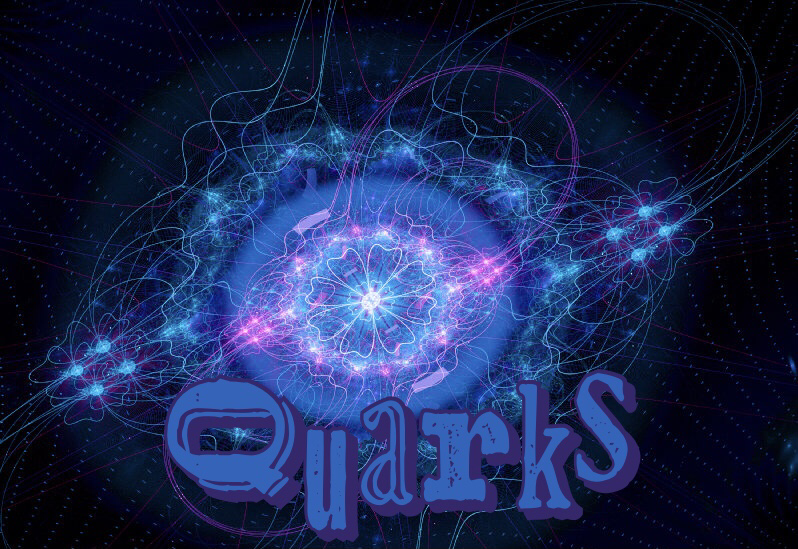|
Introduction
The world of particle physics is a fascinating realm where scientists delve into the deepest mysteries of the universe. At the heart of this intricate domain lies the enigmatic particles known as quarks. Quarks are the elementary constituents of matter, playing a pivotal role in shaping the world we live in. This article aims to shed light on the nature of quarks, their properties, and their significance in our understanding of the fundamental structure of the universe. What are Quarks? Quarks are subatomic particles and are considered the building blocks of matter. They belong to a group of particles known as fermions, which includes protons, neutrons, electrons, and other fundamental particles. The term "quark" was coined by physicist Murray Gell-Mann in 1963, who took inspiration from James Joyce's novel "Finnegans Wake." Quarks are unique in that they possess an intrinsic property called "color charge," which is unrelated to visible color but rather represents a fundamental force analogous to electromagnetism. There are six types or "flavors" of quarks: up (u), down (d), charm (c), strange (s), top (t), and bottom (b). These quarks differ in their mass, charge, and other properties. The Six Quark Flavors
Quarks interact through three fundamental forces: the electromagnetic force, the weak force, and the strong force. The strong force, also known as the strong nuclear force, is responsible for binding quarks together to form protons, neutrons, and other hadrons. Due to the unique property of color charge, quarks exhibit a characteristic called "color confinement." This means that individual quarks cannot exist in isolation, and they are always bound together in combinations known as color-neutral hadrons. For example, a proton consists of three quarks (two up quarks and one down quark) held together by the strong force. Significance in Particle Physics Understanding quarks and their interactions has been a cornerstone in modern particle physics. The study of quarks led to the development of the theory known as quantum chromodynamics (QCD), which describes the strong force interactions among quarks and gluons, the carriers of the strong force. Moreover, the Standard Model of particle physics, which explains the interactions of all known fundamental particles, incorporates quarks as essential constituents. The discovery and study of the top quark, for instance, played a crucial role in confirming the validity of the Standard Model. Conclusion Quarks are fascinating particles that lie at the heart of the subatomic world. Their unique properties and interactions have deepened our understanding of the fundamental forces that govern the universe. While much progress has been made in unraveling the mysteries of quarks, there is still more to learn. With ongoing research and advancements in particle physics, we continue to explore the intricacies of quarks and the captivating world they reveal to us.
0 Comments
Leave a Reply. |
About'Astronomy' page explores aspects of Astronomy, Philosophy, Spacelore and other topics about The Universe! Categories
All
Search
|
